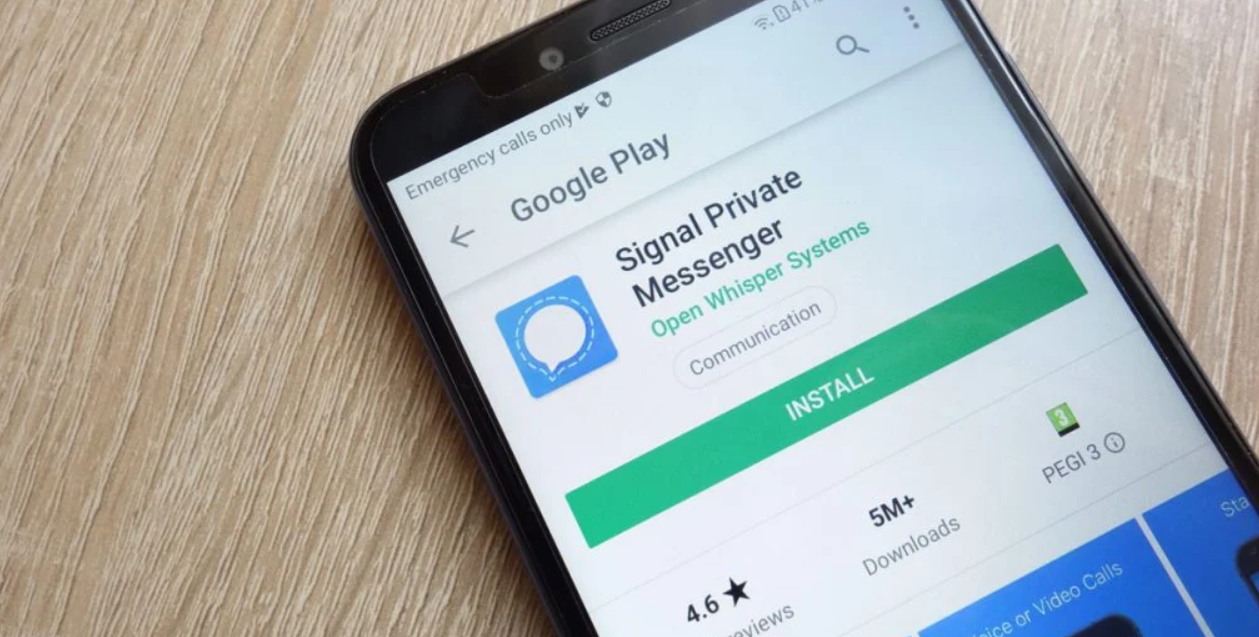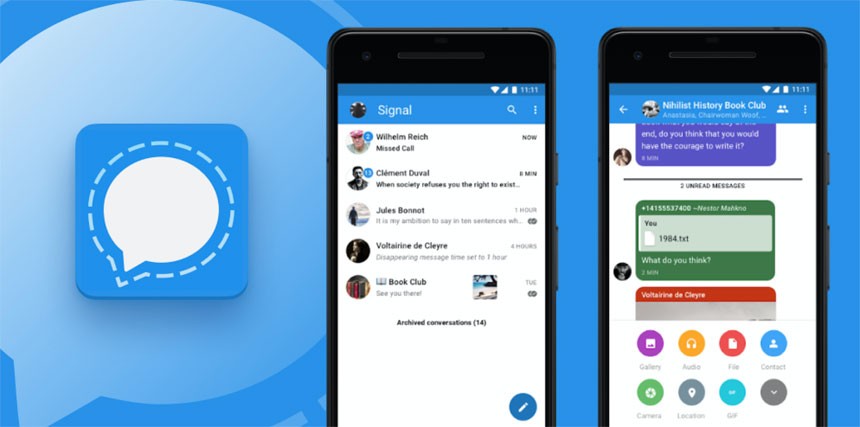
In an era where digital privacy is a growing concern, messaging platforms are often scrutinized for their security measures. Enter Signal, a messaging app that has garnered widespread acclaim for its steadfast commitment to user privacy and security. Unlike mainstream messaging services that may share data or are vulnerable to breaches, Signal offers end-to-end encryption as the cornerstone of its service, ensuring that only the communicating users can access the messages sent.
Signal's rise to prominence is closely attributed to its open-source protocol, which has been endorsed by cybersecurity experts and privacy advocates alike. The platform's minimal data retention policies ensure that it knows as little about you as possible. Moreover, Signal is maintained by a nonprofit organization, which means that its development is driven by public interest rather than profit motives. For anyone looking to step up their digital privacy game, Signal is a compelling choice.
Setting Up Signal: Your First Steps to Encrypted Communication

Embarking on your Signal journey begins with downloading the app, which is available for free on Android, iOS, and desktop platforms. Once installed, you'll be prompted to register with your phone number. This number acts as your identifier on Signal, but fear not—Signal's encryption protocol shields your number from prying eyes during communication.
After verification, you can create a profile with a name and picture. Remember, your profile information is encrypted too, so your identity remains secure. The next step is to familiarize yourself with Signal's interface. With a clean and intuitive design, navigating through the app is a breeze. Your primary window will list your conversations, while buttons allow you to start new chats, make secure voice or video calls, and access settings where you can further customize your Signal experience.
Exploring Signal's Features: Beyond Basic Messaging

Signal isn't just about sending text messages; it's a full-featured communication app that rivals its less secure counterparts. With Signal, you can form groups to message multiple contacts simultaneously, and just like one-on-one chats, group conversations are fully encrypted. You can also share media files, voice notes, and even your location with peace of mind, knowing that the encryption keeps your shared data protected.
For those who take their privacy a step further, Signal offers disappearing messages. This feature allows users to set a timer for how long a message should remain visible after it's been viewed. Whether it's for sensitive information or casual conversation, disappearing messages ensure that your communication trail is wiped clean automatically, giving you one less thing to worry about.
Staying Secure on Signal: Tips and Best Practices

Adopting Signal is a significant step towards securing your digital correspondence, but maintaining privacy requires ongoing vigilance. Always keep the app updated to the latest version to benefit from the most recent security patches and features. Additionally, be mindful of who you're communicating with and verify the safety numbers—a unique code that confirms the security of your encrypted conversation with a contact.
It's also advisable to enable a registration lock, which prevents anyone from registering your phone number on Signal without a PIN. This feature adds an extra layer of security to your account, safeguarding it against unauthorized attempts to compromise your communication. As with any privacy tool, the strength of Signal lies in its proper use, so take the time to understand its features and settings to maximize your digital security.